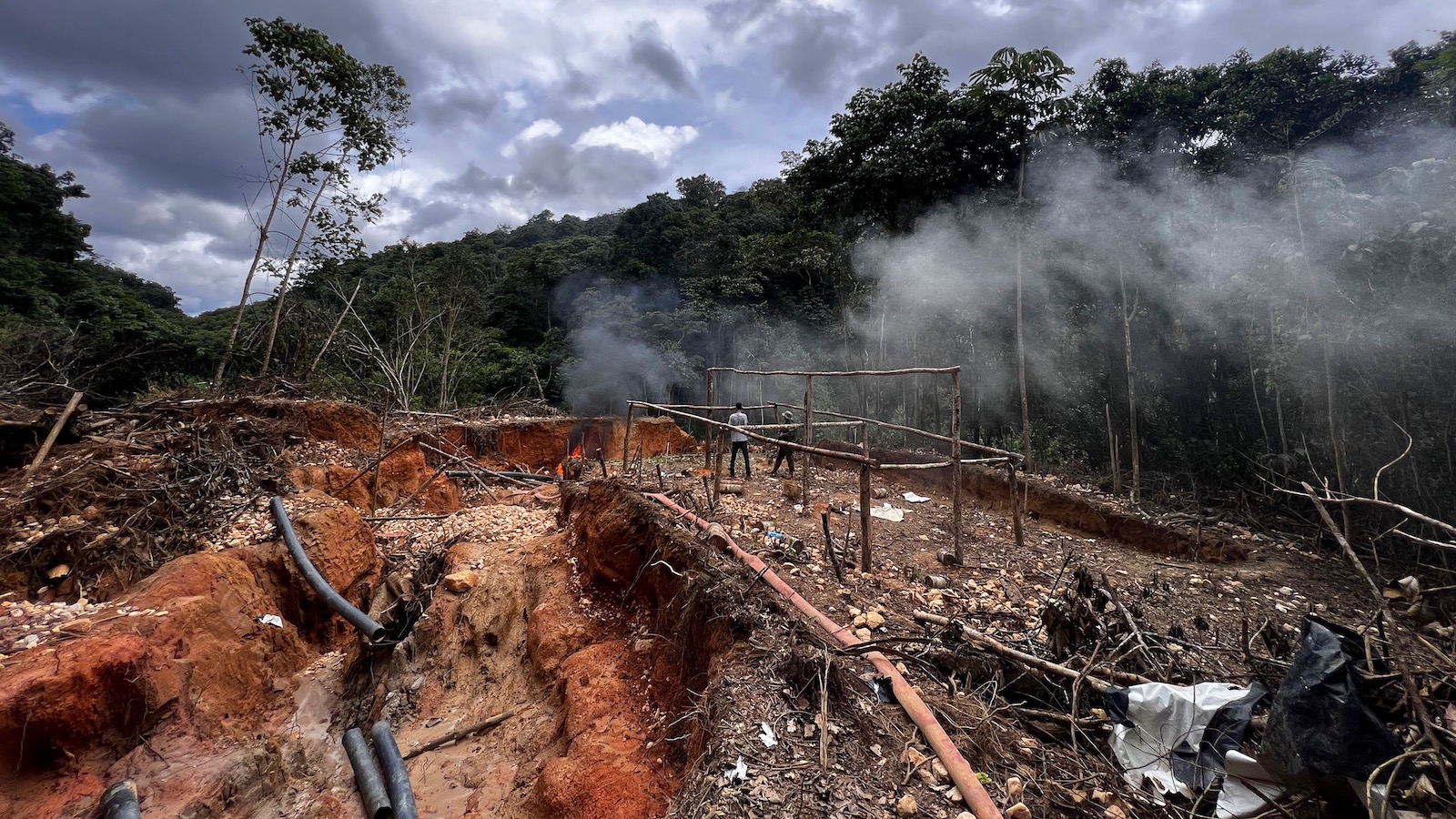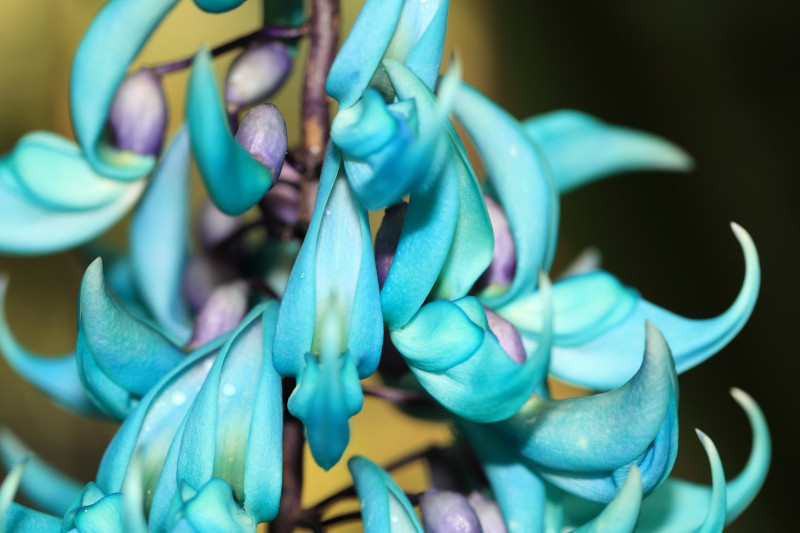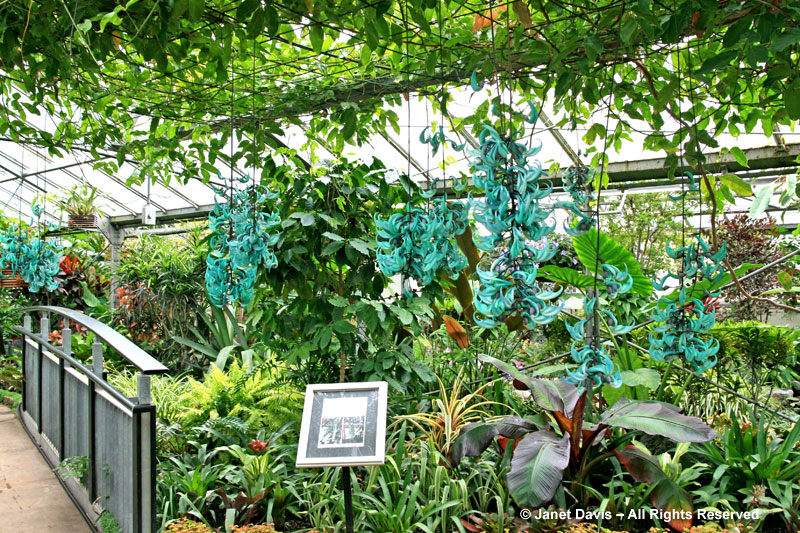The Jade Vine: Endangered Plant Post
Species Description
The Jade Vine, scientifically called the Strongylodon macrobotrys, is home to the Rainforest Biome near the Malaysian House. Recognized by its incredibly bright color, the Jade Vine attracts pollinating bats and can grow over 18 meters long. This species is currently classified as endangered in the wild, and although exact population estimates have not been established, scientists have confirmed that their numbers are rapidly declining.

Habitat and Range
The Jade Vine typically emerges near streams in damp forests or even in ravines. Some specific examples of this include the Philippines and other rainforest areas.

Ecological Role
The Jade Vine's bright and vibrant color attracts bats which pollinate the flowers. Occurring at twilight, the bats hang upside down and drink the nectar while brushing their heads against the pollen. Pollination will occur if this pollen is transferred to the female part of another flower on the plant. If this process is successful, the Jade Vine produces fruit that can grow as large as a melon. This plant serves as a crucial food source in the ecosystem.

Cause of Decline
- Habitat Destruction: The Jade Vine's natural habitat is at severe risk of deforestation and general degradation. The speed at which the forests and rainforests are disappearing, add an alarming risk factor for this unique species. This loss of habitat is largely due to unsustainable development and company-based expansion.

Why We Should Care
The drastic reduction in the Jade Vine has been highly critical to the environment in which they are native. This species may not actively hunt prey or keep another species in check, but they do serve as prey for other species that are also in decreasing numbers. The presence of the Jade Vine is crucial in the environment to maintain a stable level of biodiversity. They allow bats and other insects to pollinate on them, allowing for the plant to grow more fruits which other animals can eat.

Current Conservation Efforts
To prevent the complete loss of the Jade Vine, several gardens and glasshouses have stepped up to ensure that this species lives on, despite unprecedented levels of habitate loss. Similarly, efforts have been taken to protect the Jade Vine's habitats by establishing regulations for deforestation. While protecting their habitats is one of the reform efforts being taken, several others exist, including attempts to encourage pollination without bats in an attempt to allow the plant to survive while in a stable location.

Role of Geographers and Geospatial Tools
Both geographers and Geospatial tools can play a pivotal role in conservation and rehabilitation efforts for this unique plant species. By providing patterns and the distribution of the Jade Vine species, these resources can outline the areas that need to be protected the most. Similarly, they can provide insight into habitat conditions before any major harmful events occur, as habitat loss is one of the major factors that lower the numbers of Jade Vine.

How We Can Help
1. Donating Funds: By providing monetary donations, organizations can have the ability to take the steps needed to protect endangered species, such as the Jade Vine, and their habitats.
2. Volunteering: Providing your time and effort to the environment can have long-lasting impacts and is a positive step toward protecting the Earth.
3. Raising Awareness: Posting on social media or even educating your friends and family members can go a long way in protecting endangered species.
4. Sustainable Products: Instead of using plastic or other single-use items, consider switching to reusable products or buying items from companies that pledge to help the environment.
5. Practice Sustainability: Switching over to eco-friendly transportation methods, recycling items and goods, and even saying "No thanks" to a plastic bag, all help the environment live!
Comments
Post a Comment